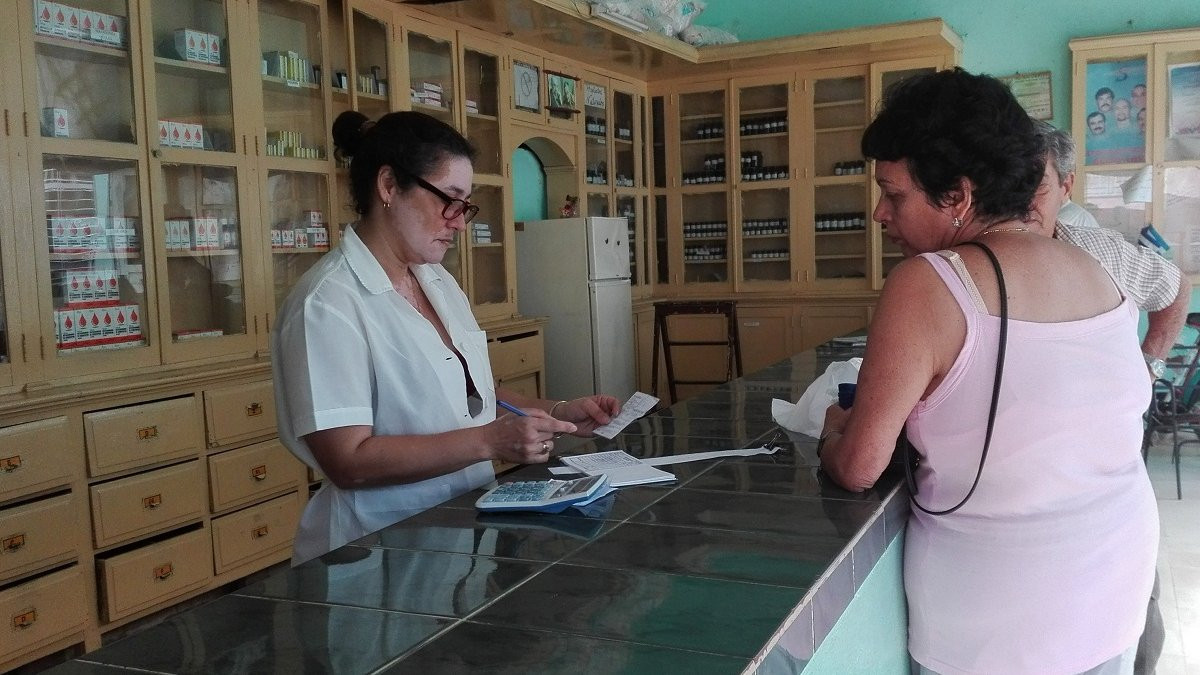
Cuban authorities appeared at the Round table to justify the rise in drug prices because they have to be imported at great cost, and to explain some of the changes that have been made after the malaise caused by the population concerned about the value of these products from 2021 onwards.
The Minister of Finance and Prices, Meisi Bolaños Weiss, referred to “changes made to the list of drugs” published in Resolution 345 of the ministry she heads, which has already been republished in the official Gazette in a correction.
“It is important to reiterate that all products checked by card are controlled and that are complementary will keep their current prices,” despite the fact that those products “have a real price increase and you have to pay the manufacturing companies,” said .
“Medicine also carries economics,” he argued on the other hand. “We must continue to support the pharmaceutical and biotechnology industry in our country, as it will also be a way to lower the cost of drug production and allow us to sell drugs to the population at lower prices than if we should import them, ”he added.
“We listen to the opinion of the population, we pay particular attention to the concerns, doubts and suggestions of the people,” in a speech in which he described recent information on the matter as “misrepresentations by the counterrevolutionary media”.
“We realized that certain rules were included in the price lists for medicines that will not be sold in community pharmacies because they are for hospital use only, where they are free, and for that reason the list has been updated with 50 medicines.” said.
For example, he mentioned quinine sulfate and sodium chloride in infusion bags, which are only used in hospitals.
Another change consists of 12 drugs being taken off the list, or their prices changed, because they are no longer exported, as is the case with Cuban amoxicillin and dipyrone.
It reported that an additional 17 products have been excluded based on the base table definition, as they are no longer produced or imported as they are being replaced by others, including naproxen.
According to the minister, drugs will be introduced that will have different prices due to their characteristics of weight, import or origin, such as dipyrone.
He said evaluations of the issue are still being made in view of “changing circumstances and real costs being expressed economically. In this sense,” those prices will be transformed and updated, “he announced.
“Hopefully 46% of the drugs sold in pharmacies can grow, with a greater share of those from national production as they lower prices and cost less to the state budget,” said Bolaños.
He assured that if someone has very expensive treatment and does not have the income capacity to buy it, there are structures through which that person can be supported by social assistance, either because of a low income or given a particular situation. These cases should go to the GP and the social worker in their area.
Dr. Emilio Delgado Iznaga, Director of Drugs and Medical Technology at the Ministry of Health (MINSAP), reported that the country today has a base table of drugs for 2021 (adjusted for financial stress) that contains 619 drugs.
Of the total, 365 are produced by the national pharmaceutical industry and 254 are imported in finished form by MINSAP, 272 are for sale in the pharmacy network and 347 are for use in health facilities. This table includes the different pharmacological groups, which in turn cover the main health concerns of the Cuban population, he said.
“This is an ideal but expensive list of drugs, representing an expenditure of more than $ 400 million, because of the financial tensions we have faced, the resurgence of the blockade and the situation caused by Covid-19. affected, resulting in low coverage, ”he justified.
Throughout the year, the shortage of medicines in Cuba was constant. Recognized public faces, severely affected by this deficit, have made this situation more visible by resorting to social networks and solidarity to obtain the necessary medicines.